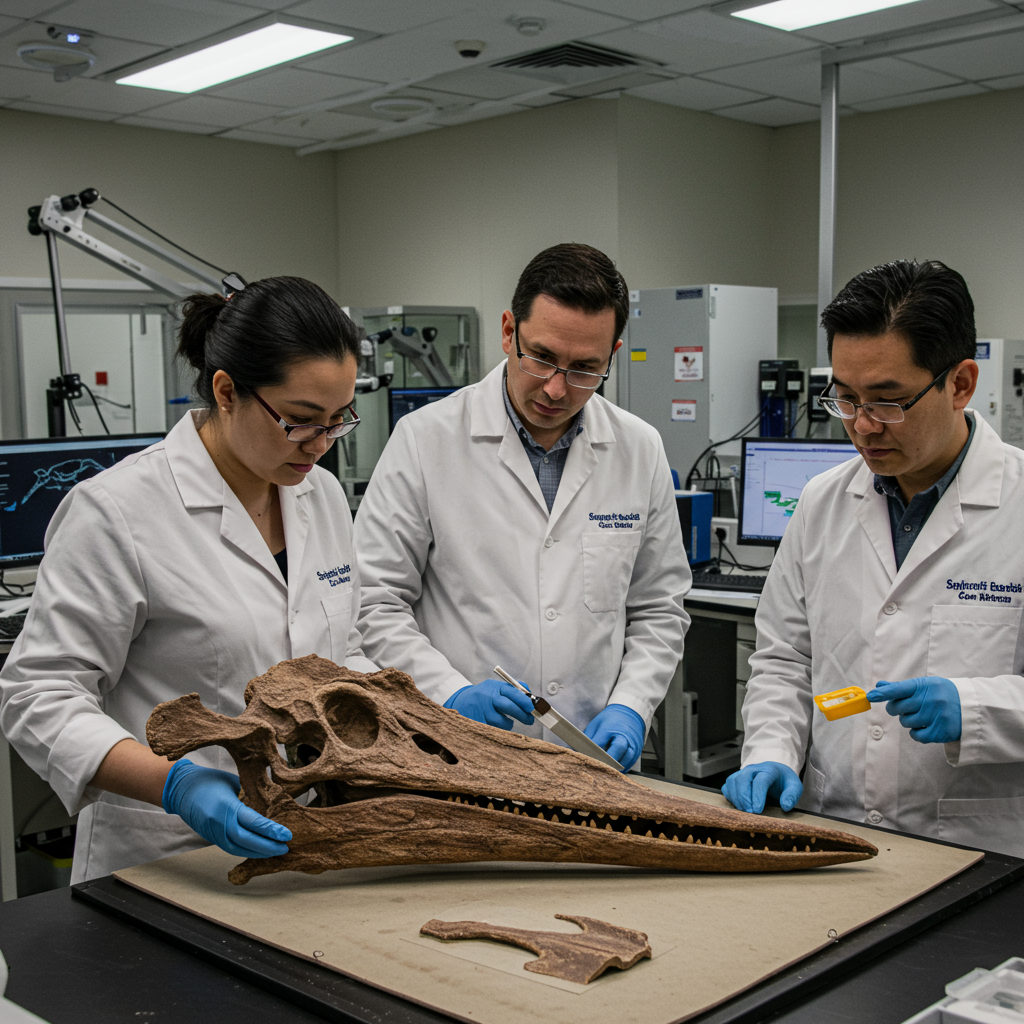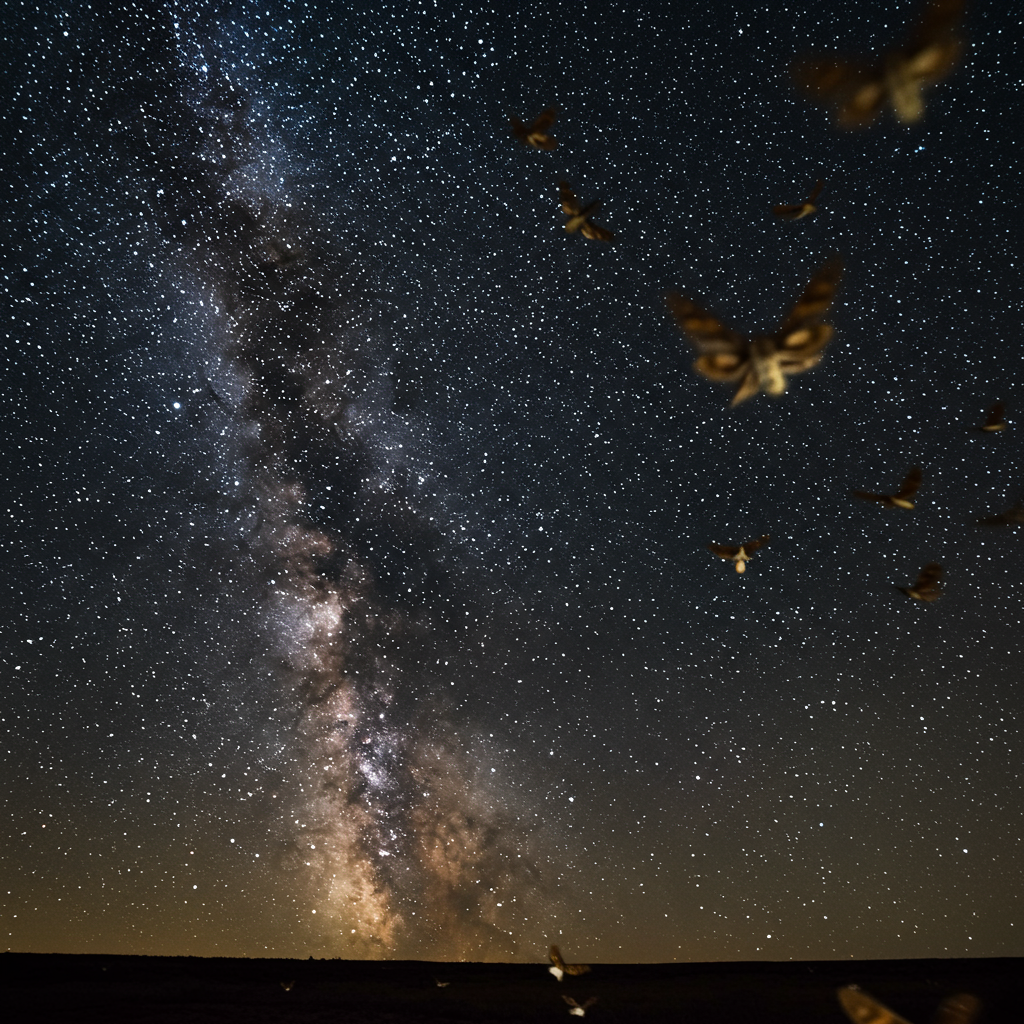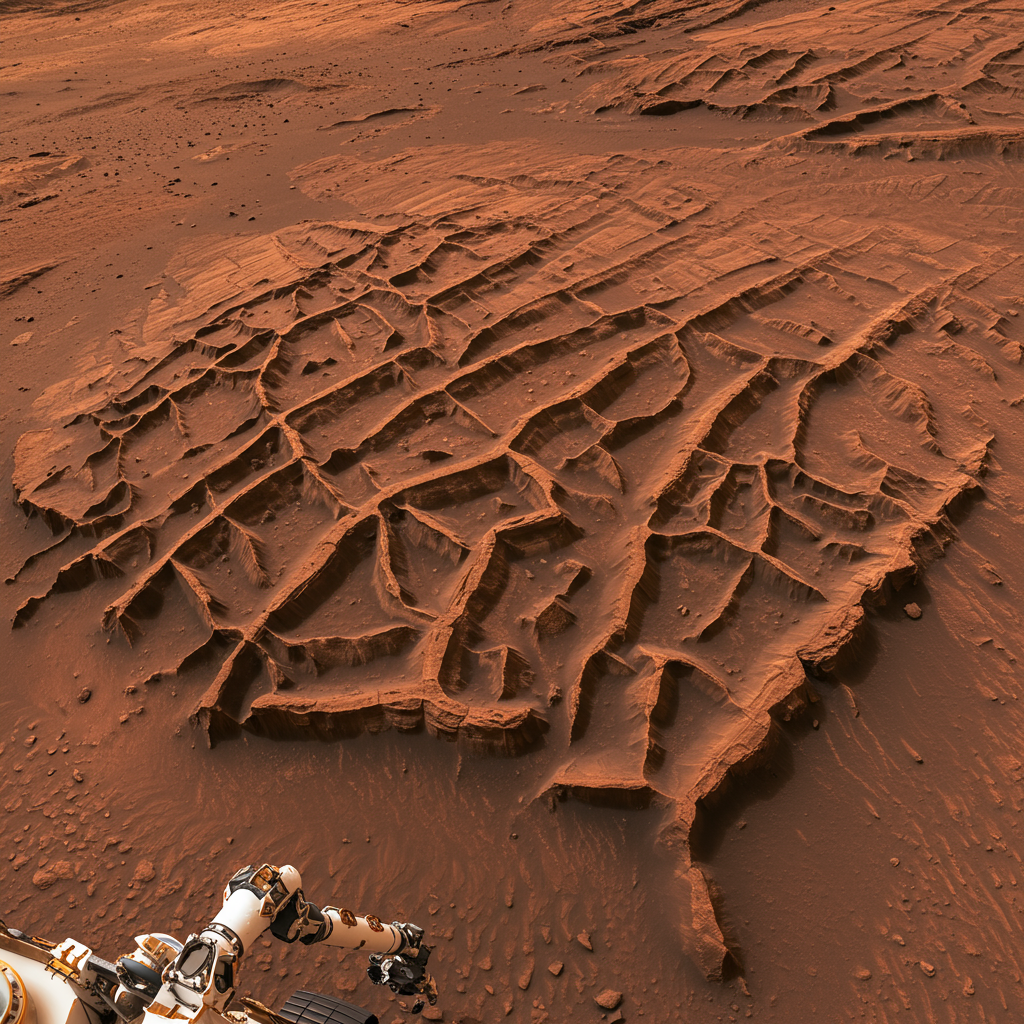Paleontologists have announced a thrilling discovery: a brand-new species of pterosaur, an ancient flying reptile that shared the skies with early dinosaurs over 200 million years ago. This groundbreaking identification was made not from a complete skeleton, but from a remarkably well-preserved jawbone unearthed years ago in the American Southwest.
Utilizing advanced scanning technology, researchers have unlocked secrets hidden within the fossil, revealing a creature previously unknown to science. This find offers a crucial glimpse into the diverse life that existed during the Triassic period and highlights the potential for overlooked treasures in existing fossil collections.
Discovery of a Triassic Sky-Dweller
The story of this new pterosaur begins in 2011. During fieldwork in Arizona, scientists recovered a small jawbone. For years, this fossil remained part of a larger collection, its full significance not yet realized. Modern technological advancements provided the key to unlocking its identity. Sophisticated scanning techniques allowed paleontologists to examine the bone’s internal structure and minute details without causing any damage. These high-resolution scans provided the critical data needed to distinguish it from known species.
The research team, led by experts at the Smithsonian’s National Museum of Natural History in Washington DC, meticulously analyzed the scans. Their work confirmed that the jawbone possessed unique characteristics. These features were distinct enough to classify the animal as belonging to a completely new species.
Eotephradactylus mcintireae: Ash-Winged Dawn Goddess
Naming a new species is a significant part of the scientific process. The researchers chose the name Eotephradactylus mcintireae. This name is rich with meaning, translating from Greek to “ash-winged dawn goddess.” The “ash-winged” part is a direct nod to the circumstances of the fossil’s preservation. Volcanic ash played a crucial role in quickly burying and protecting the bone in an ancient riverbed, enabling it to survive for millions of years.
The “dawn goddess” portion is likely a poetic reference to the creature’s ancient age and its ability to fly. The species name mcintireae honors Suzanne McIntire, a supporter of paleontology research. This careful naming tradition connects the scientific classification to both the fossil’s context and the people who support the vital work of discovery.
North America’s Earliest Pterosaur Find
The age of this newly identified ancient flying reptile makes it particularly significant. The jawbone is estimated to be approximately 209 million years old. This dating places it firmly in the late Triassic period. Crucially, this age makes Eotephradactylus mcintireae the earliest pterosaur species discovered in North America to date.
Finding well-preserved fossils from the Triassic period is notoriously difficult. Pterosaurs from this time were often small. Their bones were typically thin and hollow, making them fragile. Such delicate structures were easily destroyed by natural processes before they could fossilize. The exceptional preservation of this jawbone underscores the rare conditions required for Triassic pterosaur remains to survive.
A Window into a Lost World: The Petrified Forest Site
The location of the discovery is as important as the fossil itself. The jawbone was found within a rich fossil bed in the Petrified Forest National Park in Arizona. Today, this area is a desert landscape. However, over 200 million years ago, it was a vibrant river system.
This ancient river ran through the central region of Pangaea. Pangaea was the supercontinent that existed when Earth’s landmasses were joined together. The river’s flow deposited layers of sediment over time. These sediments acted like a natural time capsule, trapping and preserving vast amounts of biological material. Bones, teeth, scales, and even fossilized waste (known as coprolites) were encased and protected, offering an unparalleled snapshot of life during the Triassic.
What the Jawbone Reveals About the Pterosaur
Even a single bone can provide immense scientific data. The jawbone of Eotephradactylus mcintireae has already offered valuable insights into the creature’s life. Scientists estimate this ancient flying reptile was approximately the size of a modern seagull. This suggests it was a relatively small member of the pterosaur family tree.
Analysis of the fossilized teeth was particularly revealing. The teeth showed an unusually high degree of wear at their tips. This wear pattern is a strong indicator of diet. It suggests that this pterosaur species was feeding on something with hard body parts. Researchers believe the most likely prey consisted of primitive fish. During the Triassic, many fish species were covered in protective armor made of bony scales. Eating such prey would explain the significant wear observed on the pterosaur’s teeth.
An Ecosystem in Transition
The Petrified Forest National Park site is more than just a place with scattered fossils. It represents a preserved ecosystem from a pivotal moment in Earth’s history. Scientists describe it as a “snapshot” of an environment from 200 million years ago. Here, groups of animals that are now entirely extinct lived alongside early ancestors of animals we recognize today.
Giant amphibians and ancient relatives of crocodiles, armored and formidable, shared the same landscape. Alongside them were early forms of creatures like frogs and turtles. This unique cohabitation highlights an evolutionary transition. The fossil bed shows groups that would become dominant later in geological time living alongside older lineages that did not survive past the Triassic period. Such fossil sites are crucial for understanding the complex web of life during these ancient eras and demonstrating which species coexisted. The ability to find pterosaur bones in this specific type of ancient river deposit also suggests that other similar Triassic rock formations around the world may hold undiscovered pterosaur fossils, potentially opening new avenues for future research.
Frequently Asked Questions
What is Eotephradactylus mcintireae and why is it an important discovery?
Eotephradactylus mcintireae is a newly identified species of ancient flying reptile, or pterosaur. Its discovery is based on a 209-million-year-old jawbone found in Arizona. It’s important because it is currently the earliest pterosaur fossil found in North America. Its age and the location of its discovery offer rare insights into the diversity and characteristics of flying reptiles living during the late Triassic period, a time from which few well-preserved pterosaur fossils exist.
Where was this ancient pterosaur fossil found?
The fossilized jawbone of Eotephradactylus mcintireae was discovered within the Petrified Forest National Park in Arizona, USA. This site was once an ancient riverbed over 200 million years ago, part of the supercontinent Pangaea. The unique geological conditions there, including volcanic ash and sediment layers, helped preserve a rich collection of fossils, including this rare pterosaur specimen.
What does the discovery site reveal about life 200 million years ago?
The fossil bed where Eotephradactylus mcintireae was found provides a rare look at a Triassic ecosystem in transition. It shows that animals that are now extinct, like giant amphibians and armored crocodile relatives, lived alongside early forms of animals still alive today, such as frogs and turtles. This site is vital for understanding the complex mix of species that coexisted during this period and charting the course of evolutionary change.
Conclusion
The discovery of Eotephradactylus mcintireae, the “ash-winged dawn goddess,” from a long-held fossil jawbone is a testament to the power of modern technology in paleontology. This new pterosaur species pushes back the known date for these fascinating flying reptiles in North America by millions of years. It also underscores the incredible value of existing fossil collections and the potential they hold for future breakthroughs. The Petrified Forest National Park continues to be a treasure trove of ancient life, offering unparalleled insights into the ecosystems and evolutionary pathways of the distant past. As scanning techniques become more sophisticated, we may well uncover even more secrets hidden within seemingly ordinary rocks and bones.




